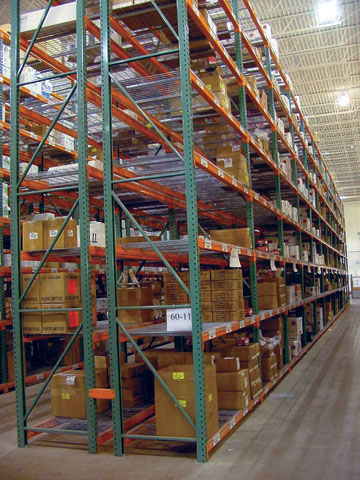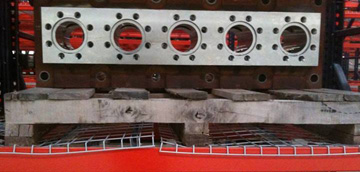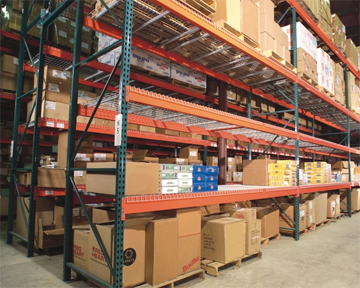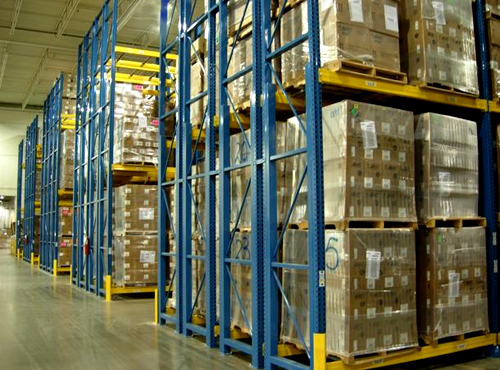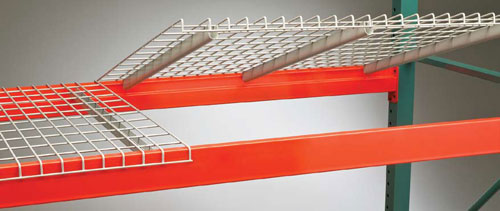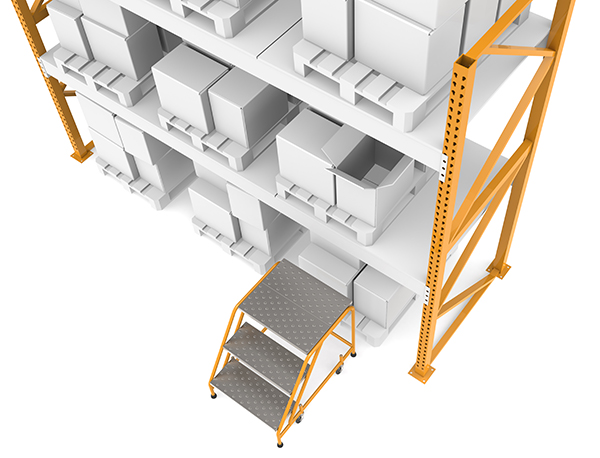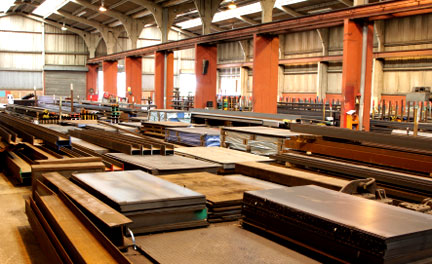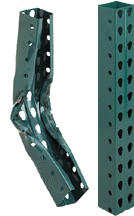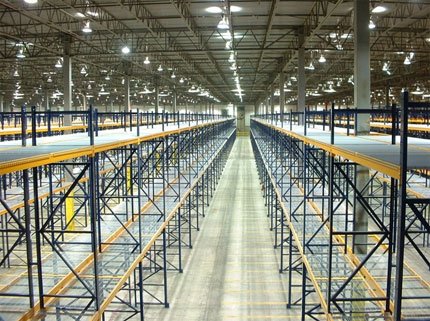
When it comes to warehouse storage, pallet racks provide an optimal, easy-to-maintain solution. They’re the most common way of storing pallet loads in the world, and they’re used in the vast majority of warehouses, manufacturing facilities, commercial operations and even retail stores. Whether you’re dealing with selective, pushback, drive-in or other types of racks, the issues are frequently similar.
Safe pallet rack operation involves understanding how to properly use racks; an otherwise safe rack can become dangerous and expensive if used incorrectly. Here are 5 common mistakes people make with pallet racks—and what you can do to ensure you don’t make any of them in your warehouse.




